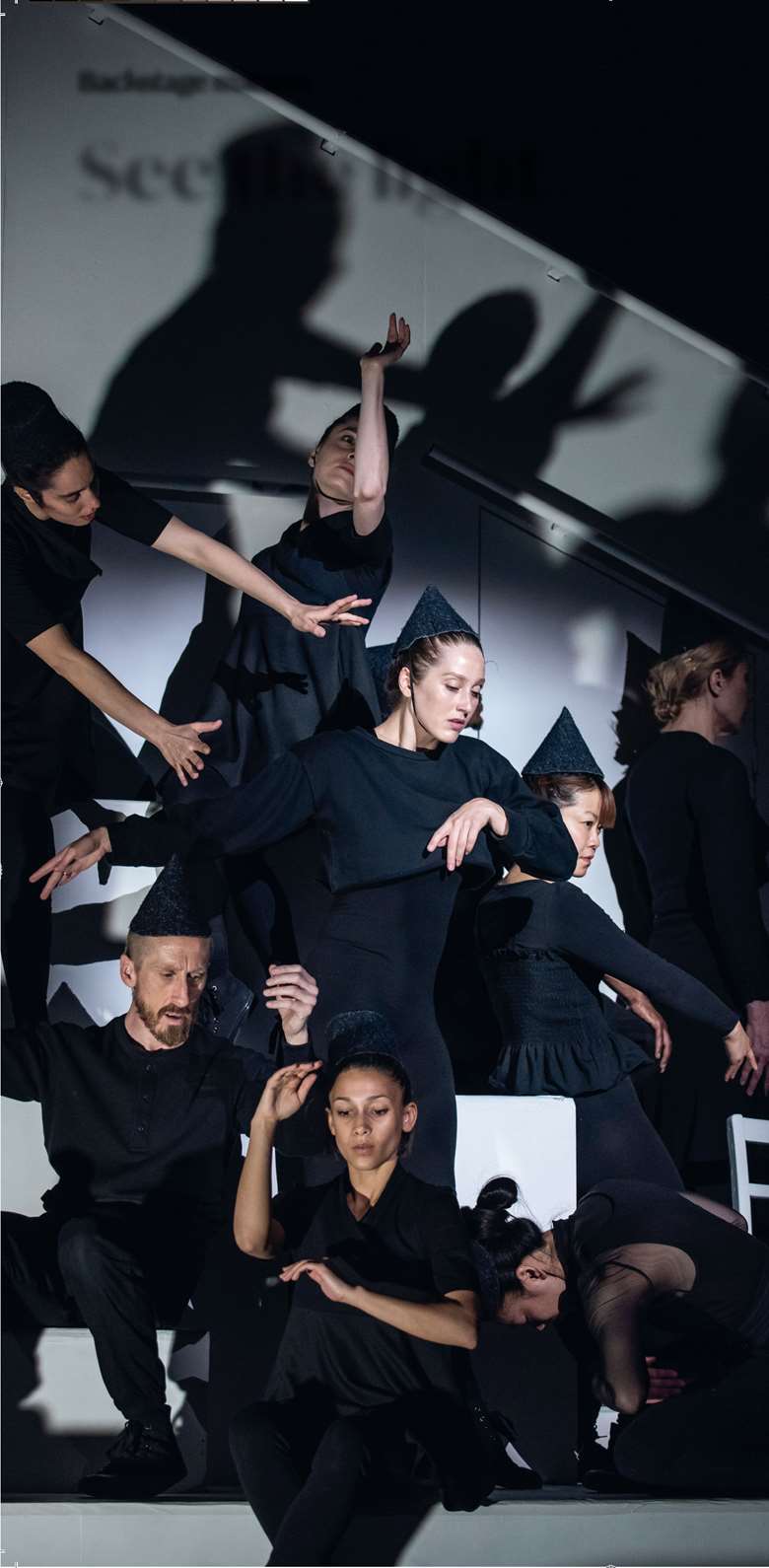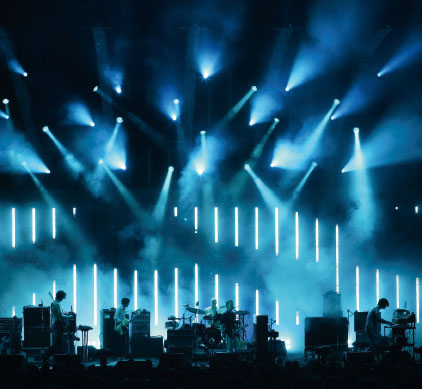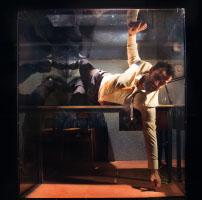See the light
Lucy Rix
Friday, May 1, 2020
Lucy Rix learns about a new MA course exploring how lighting can become as much a presence in a production as the performers

HUGO GLENDINNING LIGHTING BY HANSJÖRG SCHMIDT
Rose Bruford College, London launches a new MA Light in Performance course this Autumn 2020, developed by Hansjörg Schmidt, Academic Programme Manager at Rose Bruford and Lighting Designer since 1998.
Schmidt says of the course: ‘This is all built on my own practice as lighting designer, and my strong interest in creating light collaboratively and ensuring that light has a presence in the performance space that is equal to that of a performer.’
Unusually for a lighting designer, Schmidt's professional practice spans both live performance and architectural lighting. This has grown out of his studies on the BA Drama and Theatre Arts at Goldsmiths College (1993–96), and the MSc Built Environment (Light and Lighting) at the Bartlett School, University College London (2001–02). Schmidt's interest in architectural lighting design has led him to develop this unique MA to reflect how the nature and presentation of live performance is undergoing fundamental change.
The course itself, collectively shaped and written by expert lighting designers from a variety of disciplines: Paule Constable (theatre and opera), Michael Hulls (dance), Andi Watson (technologies and music) and Willie Williams (video and music including award winning work for U2) is aimed at both experienced lighting professionals and performers wanting to develop their work with light. Rose Bruford College is actively encouraging applicants with a bank of relevant experience but no previous academic qualifications to apply to join this unique course.
The four lighting designers working with the students all have a strong belief in the importance of collaborative working and a wish to create distinct and original work. This belief is reflected in the structure of the course which enables students with a shared passion for light and performance opportunities to explore how light can impact performance.

© ANDI WATSON
Patterns of light can be set-design for live performance all on their own, as shown here in work by Andi Watson
Innovating for a new world
Schmidt explains: ‘The nature and presentation of live performance is undergoing fundamental change. Performance is now made everywhere, by small and dynamic groups of artists often working across disciplines and specialisms. Changes in technology have allowed for often sophisticated lighting to be present in any aspect of performance making. Light and visual communication is omnipresent, in our physical and digital environments. The MA Light in Performance aims to offer students opportunities to explore the richness of this field through a taught Masters programme.’
As students on the course they will work on two one-week workshops with each designer, exploring their working methods and processes in a theatre space. It's an opportunity to explore and develop their own lighting design practice while being research-led. Students will carefully explore the creation of visual works through a range of research-led, process-driven working methods. A wide range of narratives, spatial forms, political, historical, cultural and social contexts will all be investigated and activated to generate work that is original, individual, meaningful and socially responsible.
It's the first course of its kind, which will give students with different backgrounds but shared passion for light and performance opportunities to work as a collective and explore how light can impact performance. Alongside this the course also aims to give students the confidence and skills to develop their own lighting design practice, enabling them to have sophisticated conversations about light and giving them confidence to know how an idea can be realised through the application of a range of lighting technologies and practices.

© HUGO GLENDINNING
Under Glass. Lighting by Hansjörg Schmidt
Learning from the pioneers
What is particularly exciting about the course is the opportunity to work with professional lighting designers who are at the leading edge of their field, and whose approach to lighting design as an arts practice is rich, complex and profound.
These designers have in common a distinct and process-focused approach to their work, which is framed by their strong belief in the importance and value of interdisciplinary practice. As such their approach mirrors closely the ethos and pedagogy of the programme.
Paule Constable says of the possibilities of this approach, ‘I feel really excited about the prospect of being in a room with such a varied group of designers – all of whom will be sharing their contrasting processes and work. I feel there is much for us all to learn and share,’ while lighting designer Willie Williams says of the course, ‘This is exactly the kind of course that I wish had been available when I was starting out in lighting.’

